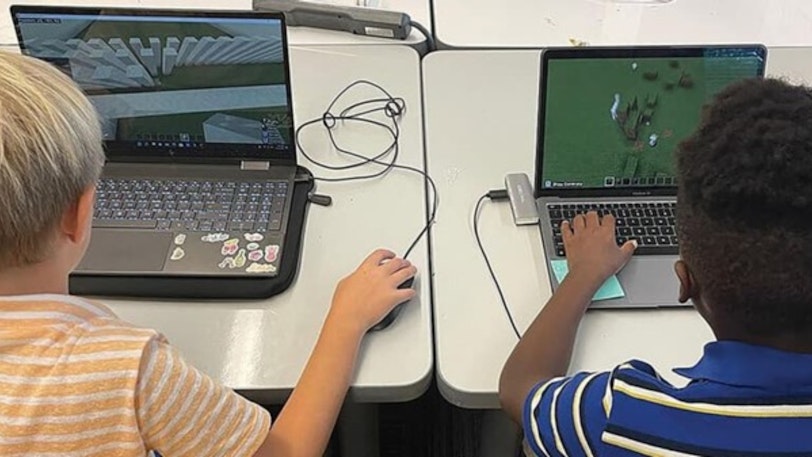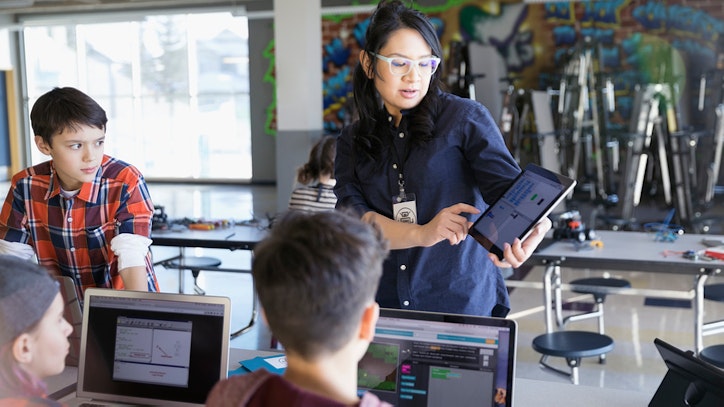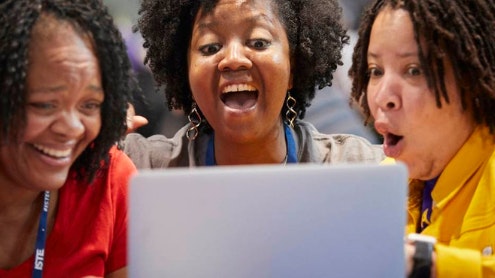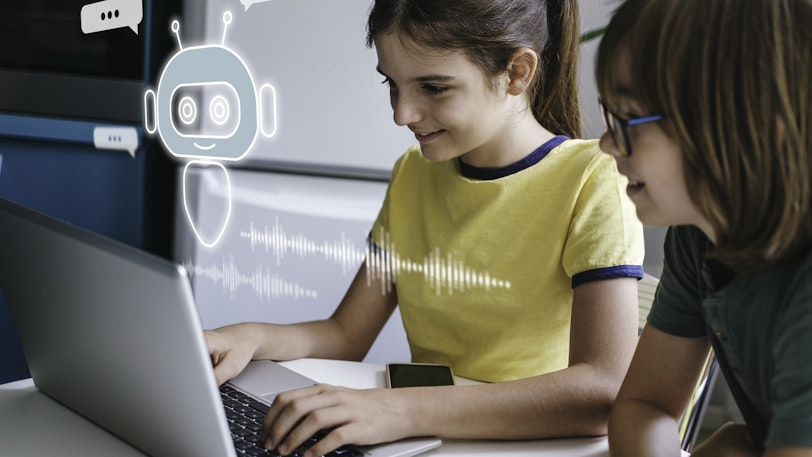Featured Posts

Minecraft Education is more than a popular game. It's a platform that gives educators tools to teach collaboration, assessment, coding and more.

The U.S. Department of Education recently released a revised edtech plan for the first time since 2016.

You want to attend ISTELive 24, the edtech event of the year, but money is tight. Here are 6 ways to save money and fund your conference experience.











